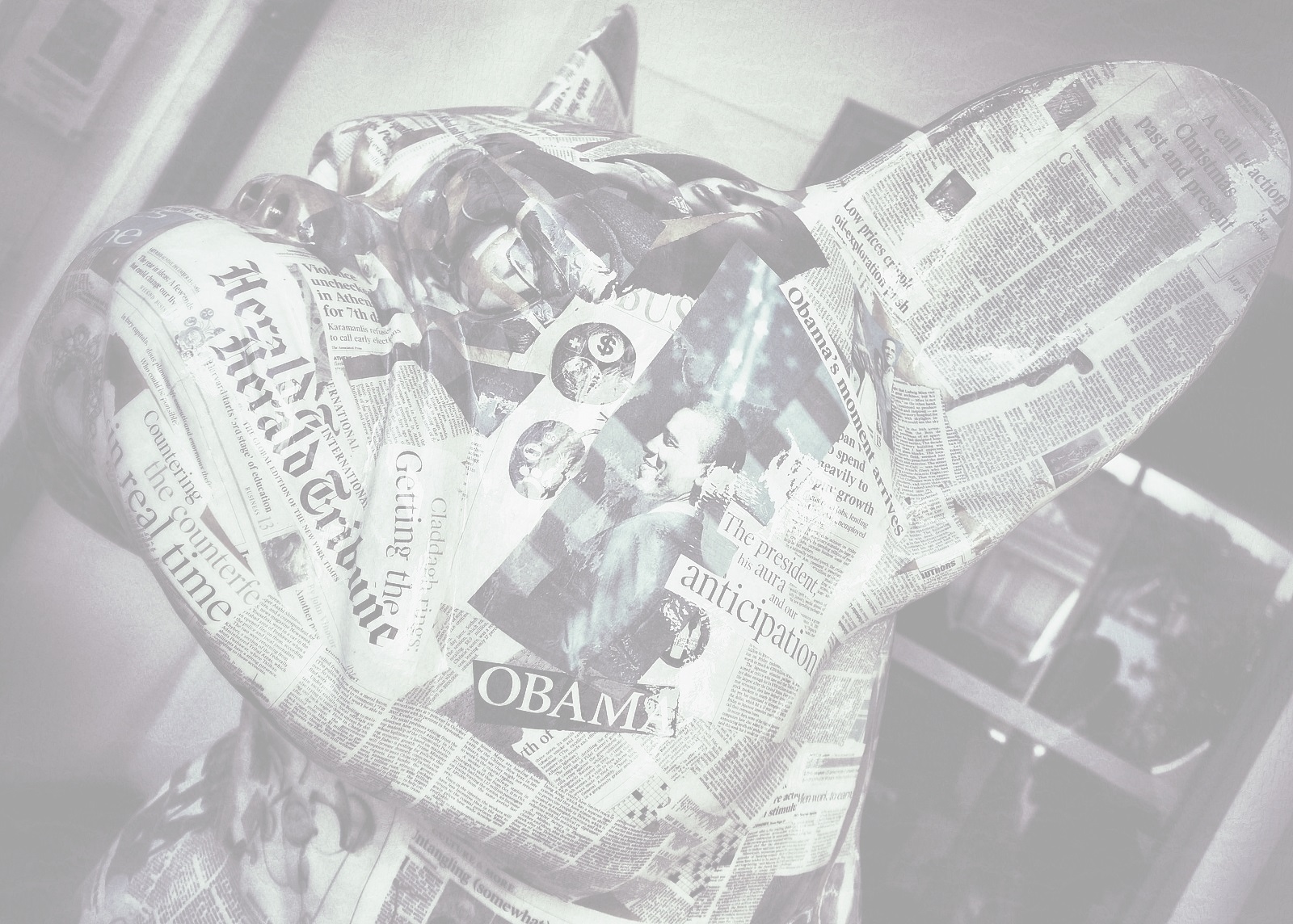Introduction
To demonstrate our findings from Chapter 8 of The Discourse of News Values we commissioned a visualization from Laurence Anthony’s AntLab Solutions, which shows the combinations of news values as they are constructed across words and images in each text. We highly recommend that you read this chapter before exploring the visualization.
The Kaleidographic View of News Values demonstrates both intra- and inter-semiotic relations (within and across the visual and verbal modes) and intra- and inter-textual relations (both within a single text and across a number of texts – the 72 texts in the dataset analysed in Chapter 8). As a visualization tool, Kaleidographic is capable of dynamically demonstrating multiple relations and can be adapted for use with other types of data. In this reading we explain our motivation for developing Kaleidographic and point to case studies using this visualisation tool. Another Kaleidographic looking at Instagram posts can be viewed here.
The following videos demonstrate various aspects of the visualization tool, starting with an introduction that explains the motivation for developing Kaleidographic using the news values case study as an example.
This second video explains the functionality of visualizations created with the Kaleidographic Builder Tool:
[If you are interested in learning more about how to build your own visualizations using the Kaleidographic Builder Tool, we provide videos here explaining how.]
On the ‘possible’ construction of news values
In this visualization we also account for the ‘possible’ construction of news values, as explained in Chapter 8. The ‘possible’ construction of news values is represented in the visualization as a less saturated version of the colour for a particular segment. Fully saturated colours indicate that this news value IS constructed. Empty (white) segments indicate that this news value is NOT constructed. Our coding manuals (available for download here) explain our use of ‘possible’ construction of news values in more detail.
Story #68 in Figure 4 shows the ‘possible’ construction of Personalization and Unexpectedness in the headline of this story.

Get started
Click here to begin exploring the visualization of our results from the news values case study.
How to cite this page:
Caple, H. and Bednarek, M. (2017) ‘How Kaleidographic works’. Discursive News Values Analysis (DNVA). http://www.newsvaluesanalysis.com/kaleidographic/how-kaleidographic-works/
